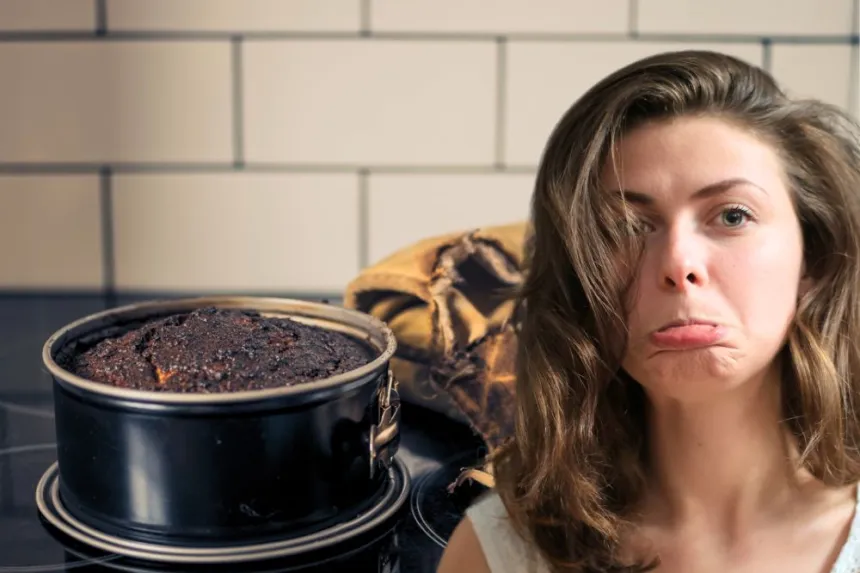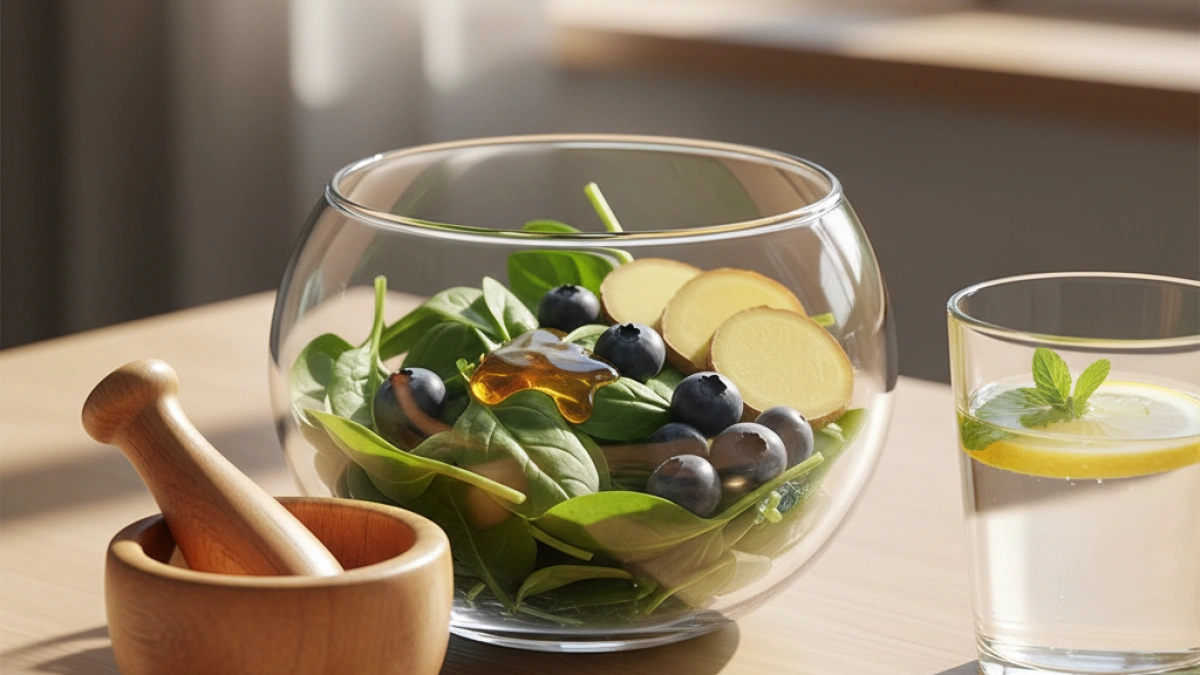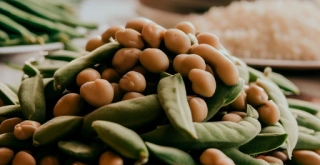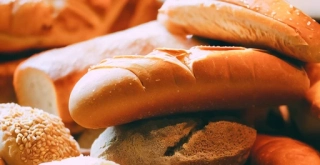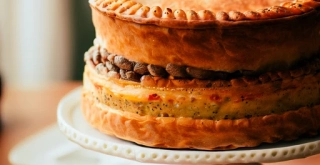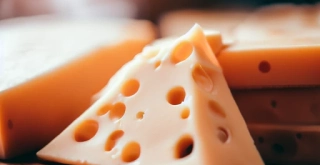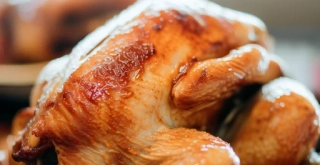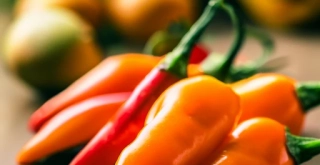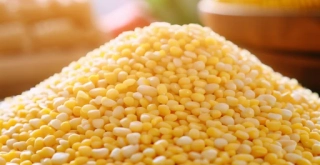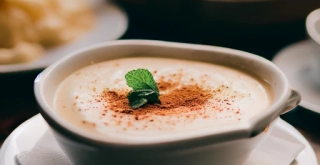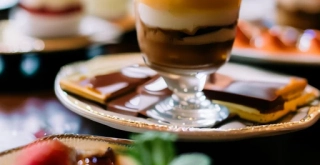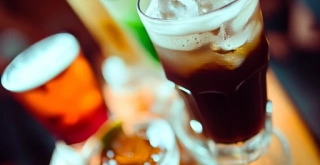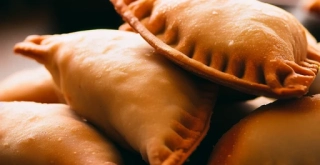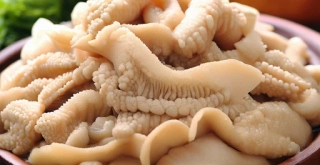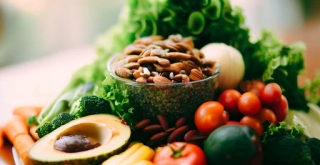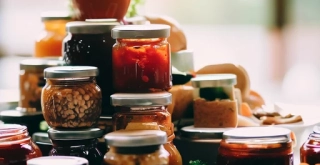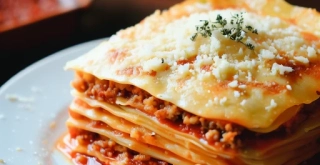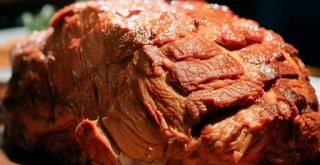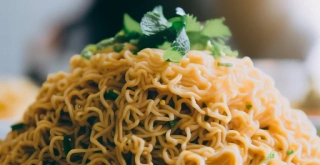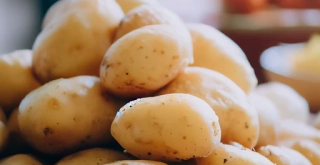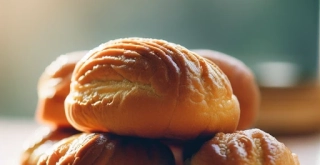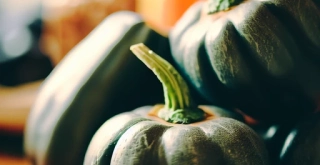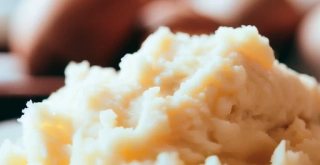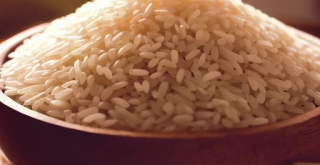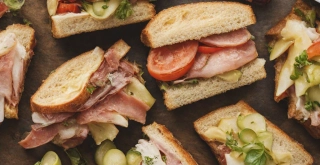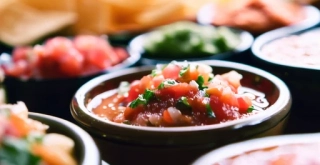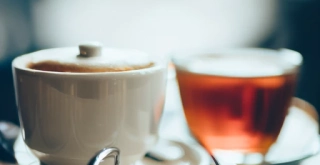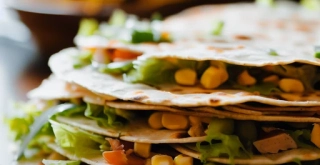Everything you need to know about frosting in pastry.

Glazing is one of the most popular techniques in pastry, providing not only an aesthetic touch but also an additional flavor to our favorite desserts. From cakes to cookies, glazing has become an essential element for many bakers. In this article, I will offer a complete guide on what glazing is, its types, and how to apply it correctly.
What is Glazing in Pastry?
Glazing is a mixture used to cover or adorn different types of sweets. It is made from sugar, water, and other ingredients that provide flavor and texture. Its main function is to create a shiny and smooth layer over the dessert, which can also enhance moisture and improve its flavor.
Functions of Glazing
Glazing is not just decorative; it serves various functions in pastry, such as:
- Enhancing Aesthetics: It provides an attractive finish to desserts and cakes.
- Increasing Flavor: Depending on the ingredients, it can add an additional flavor profile.
- Preserving Moisture: It helps keep the dessert moist for a longer time.
Types of Glazing
There are several types of glazings that bakers can use, each with its peculiarities. Below are the most common:
Royal Icing
This icing is ideal for decorating cookies and cakes. It is made with egg whites and powdered sugar, and has a rigid texture that hardens as it dries, providing a shiny finish.
Buttercream
Buttercream icing is creamy and smooth, mainly made with butter and powdered sugar. It is perfect for covering cakes or cupcakes due to its easy-to-work consistency.
Chocolate Glaze
As the name suggests, this glaze is made with melted chocolate and is used to cover a wide variety of desserts. It can be liquid or thick, depending on the ratio of chocolate and cream used.
Read also
Fondant
Fondant is a type of glazing that has become quite popular for its aesthetic versatility. It comes in the form of a soft paste and is primarily used in cake decoration, as it can be molded into various shapes and colors.
How to Apply Glazing
Applying a glaze effectively requires care and attention to detail. Here are some useful tips:
- Prepare the Dessert: Ensure that your cake or cookies are completely cool before applying the glaze.
- Use Appropriate Tools: Employ spatulas or piping bags to facilitate an even application.
- Thin Layers: If you opt for multiple layers of glazing, it is advisable to apply a thin layer first and allow it to dry before adding more.
- Decoration: You can add additional decorations like sprinkles or fresh fruits to give a personalized touch to the glaze.
Tips for Perfect Glazing
To ensure that your glazing turns out perfect, consider the following tips:
- Temperature: The temperature of your ingredients can affect the texture of the glazing. Work with butter and liquids at room temperature.
- Consistency: If your glazing is too thick, add a bit of liquid; if it’s too liquid, add more powdered sugar.
- Storage: If you have leftover glazing, store it in an airtight container in the refrigerator, but make sure it is covered to prevent it from hardening.
Glazing can transform a simple dessert into a gourmet delight. With this guide, I invite you to experiment with different types of glazings and enjoy their versatility in pastry.
For more news and tips on pastry, I invite you to keep exploring my blog!

